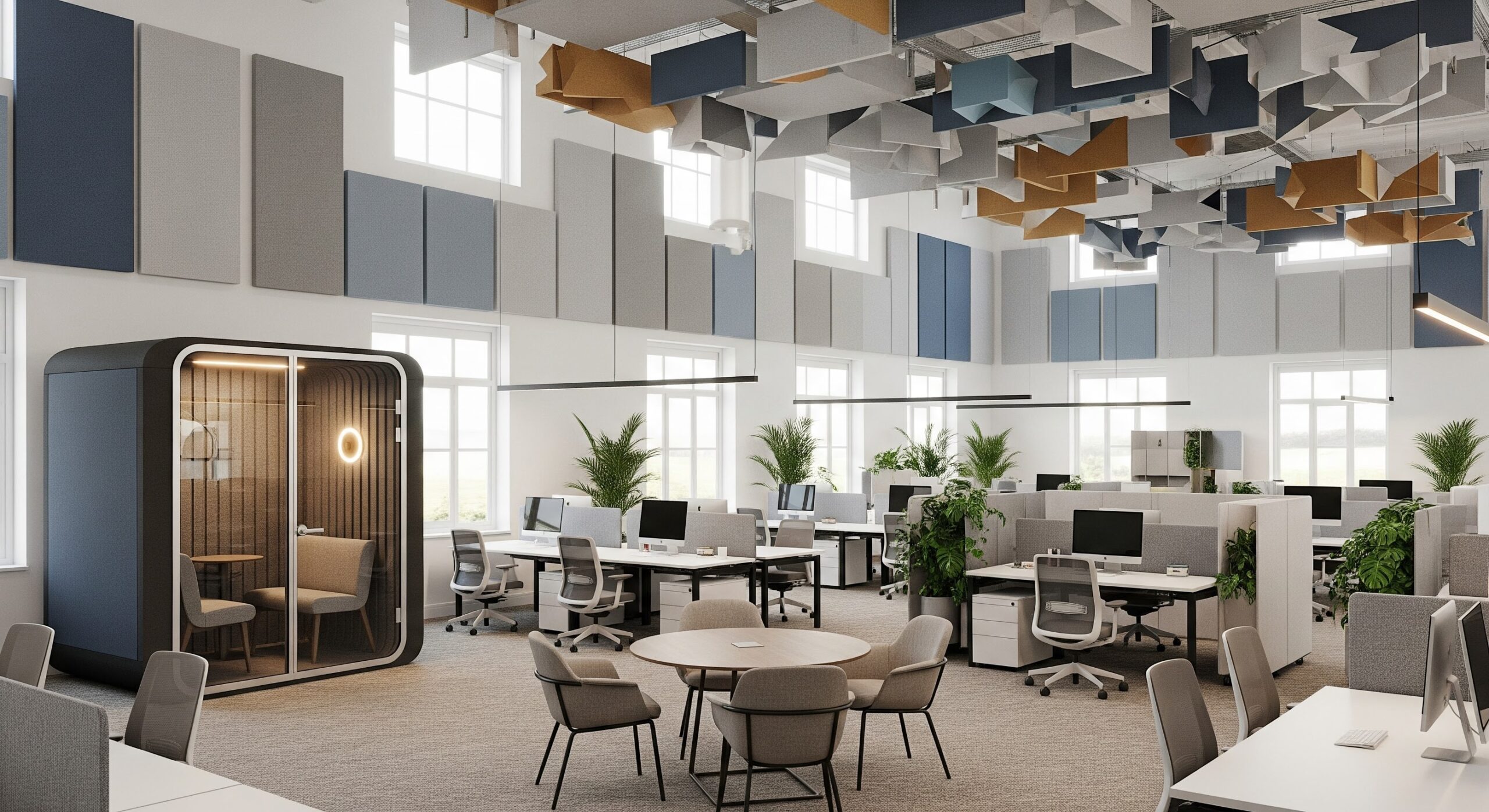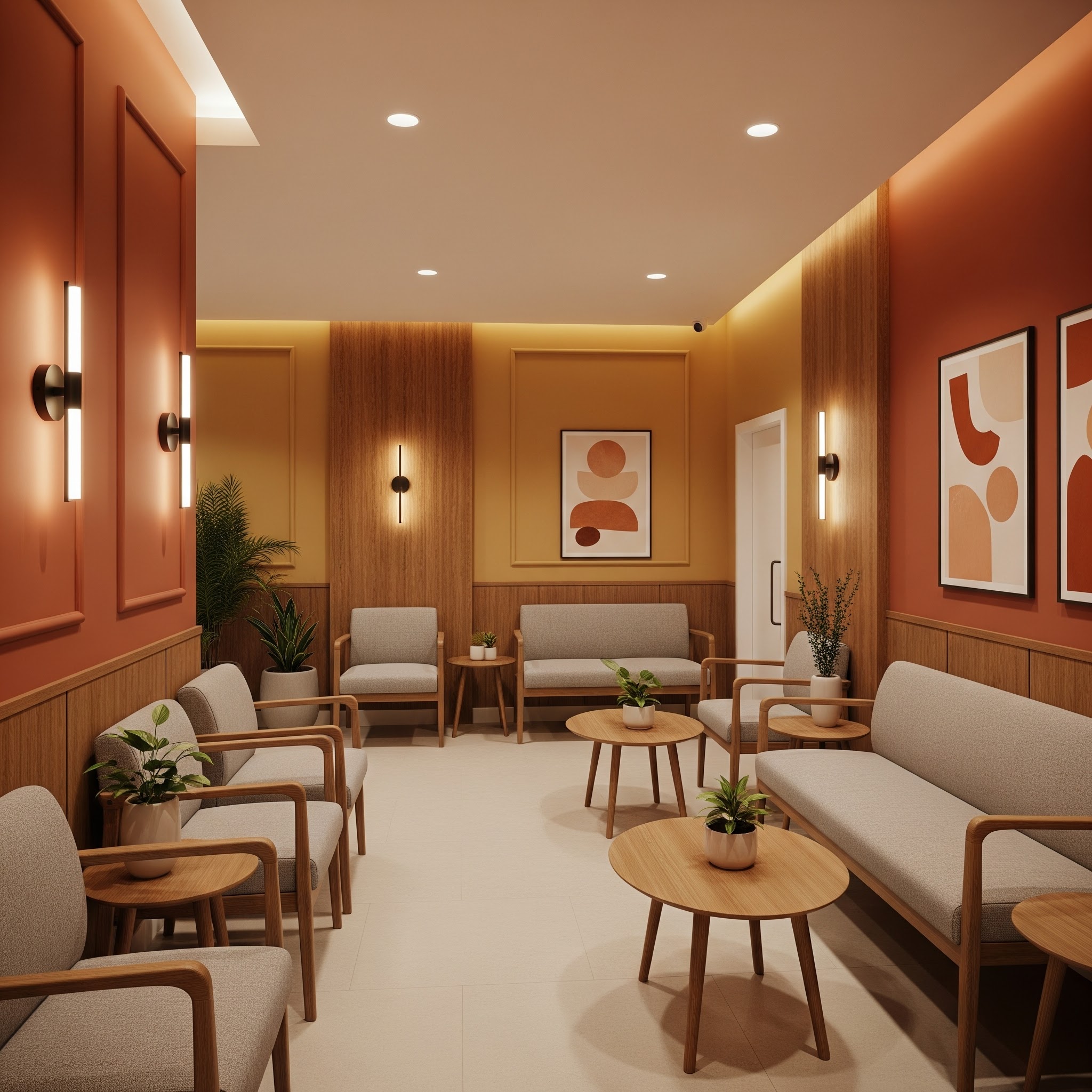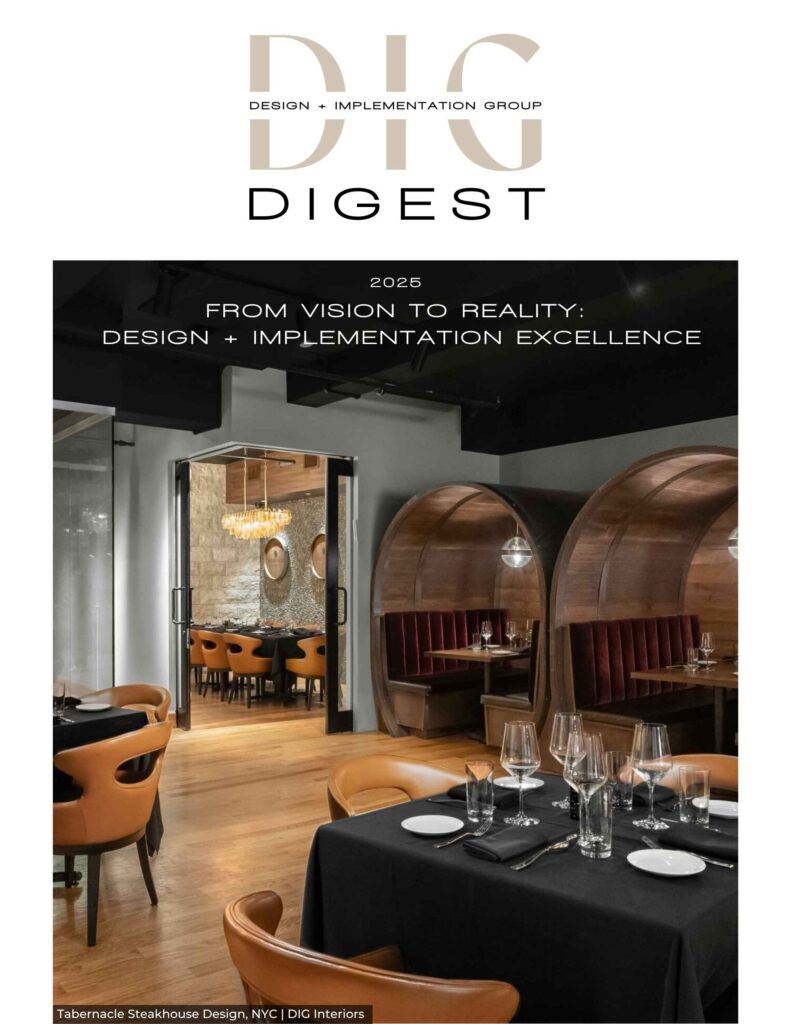The kitchen is often referred to as the heart of a home. It’s where meals are prepared, conversations are had, and memories are made. However, a poorly lit kitchen can make even the most beautiful space feel uninviting. Lighting is one of the most important elements in any room, and the kitchen is no exception. In this article, we’ll discuss tips and tricks for creating the perfect ambiance in your kitchen through lighting.
Assess the Natural Light
Before you start thinking about artificial lighting, it’s important to assess the natural light in your kitchen. Take note of where the windows are located and how much sunlight they let in. If your kitchen receives a lot of natural light, you may not need to rely on artificial lighting as much. However, if your kitchen is lacking in natural light, you’ll need to compensate with additional artificial lighting.
Layer Your Lighting
Layering your lighting is when you use multiple sources of light to create a well-lit and inviting space. There are three main types of lighting you should consider:
Ambient Lighting
Ambient lighting is the main source of light in the room. It’s typically a ceiling fixture or a set of recessed lights that provide overall illumination. In the kitchen, ambient lighting should be bright enough to see what you’re doing, but not so bright that it creates harsh shadows.
Task Lighting
Task lighting is designed to provide focused light on specific areas where you’ll be working. In the kitchen, this could be under-cabinet lighting that illuminates the countertops, or a pendant light over the sink. Task lighting should be bright enough to see what you’re doing, but not so bright that it creates glare.
Accent Lighting
Accent lighting is used to highlight specific features in the room, such as artwork or architectural details. In the kitchen, this could be a set of lights above the cabinets that highlight the ceiling height, or a spotlight on a decorative backsplash. Accent lighting should be subtle and not too bright, as it’s meant to enhance the overall ambiance of the room.
Choose the Right Bulbs
Incandescent Bulbs
Incandescent bulbs are the traditional choice for lighting, but they’re not very energy-efficient. They also emit a warm, yellowish light that can distort colors and make food look unappetizing.
Fluorescent Bulbs
Fluorescent bulbs are more energy-efficient than incandescent bulbs, but they’re not very popular for kitchen lighting. They emit a cool, bluish light that can make the room feel cold and uninviting.
LED Bulbs
LED bulbs are the most energy-efficient option and are becoming increasingly popular for kitchen lighting. They emit a bright, white light that’s similar to natural daylight, making colors appear more vibrant and food look more appetizing.
Consider Dimmer Switches
Dimmer switches are a great addition to any kitchen lighting design. They allow you to adjust the brightness of your lights to create different moods and ambiance. For example, you might want bright lighting when you’re cooking, but softer lighting when you’re entertaining guests.
Don’t Forget the Details
Finally, don’t forget the details when it comes to lighting your kitchen. This includes things like choosing fixtures that complement your kitchen’s style, using light bulbs with the right color temperature, and positioning lights in the right places to avoid creating harsh shadows.
Conclusion
Lighting your kitchen is an important aspect of creating the perfect ambiance in your home. By assessing the natural light, layering your lighting, choosing the right bulbs, considering dimmer switches, and paying attention to the details, you can create a space that’s warm, inviting, and functional.





